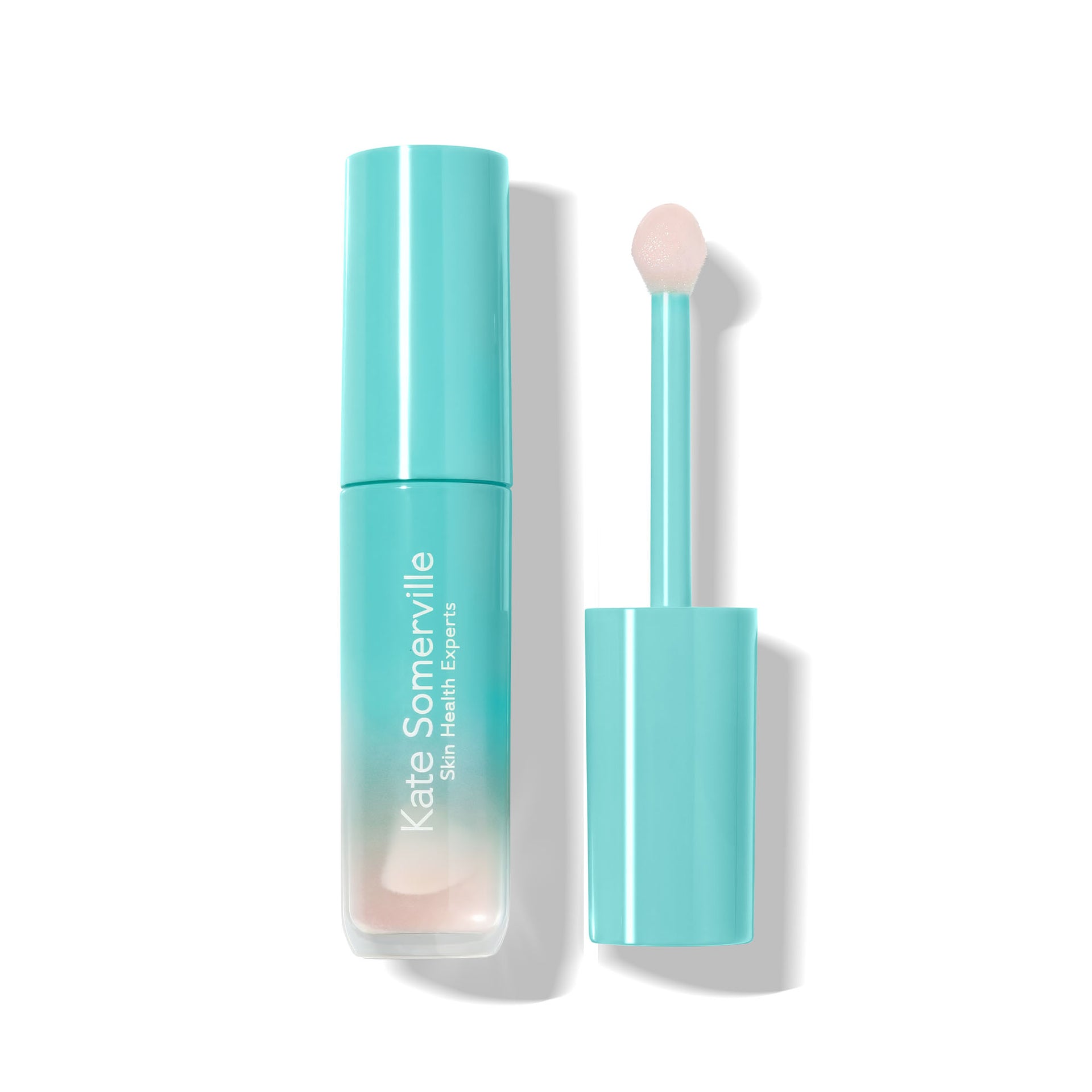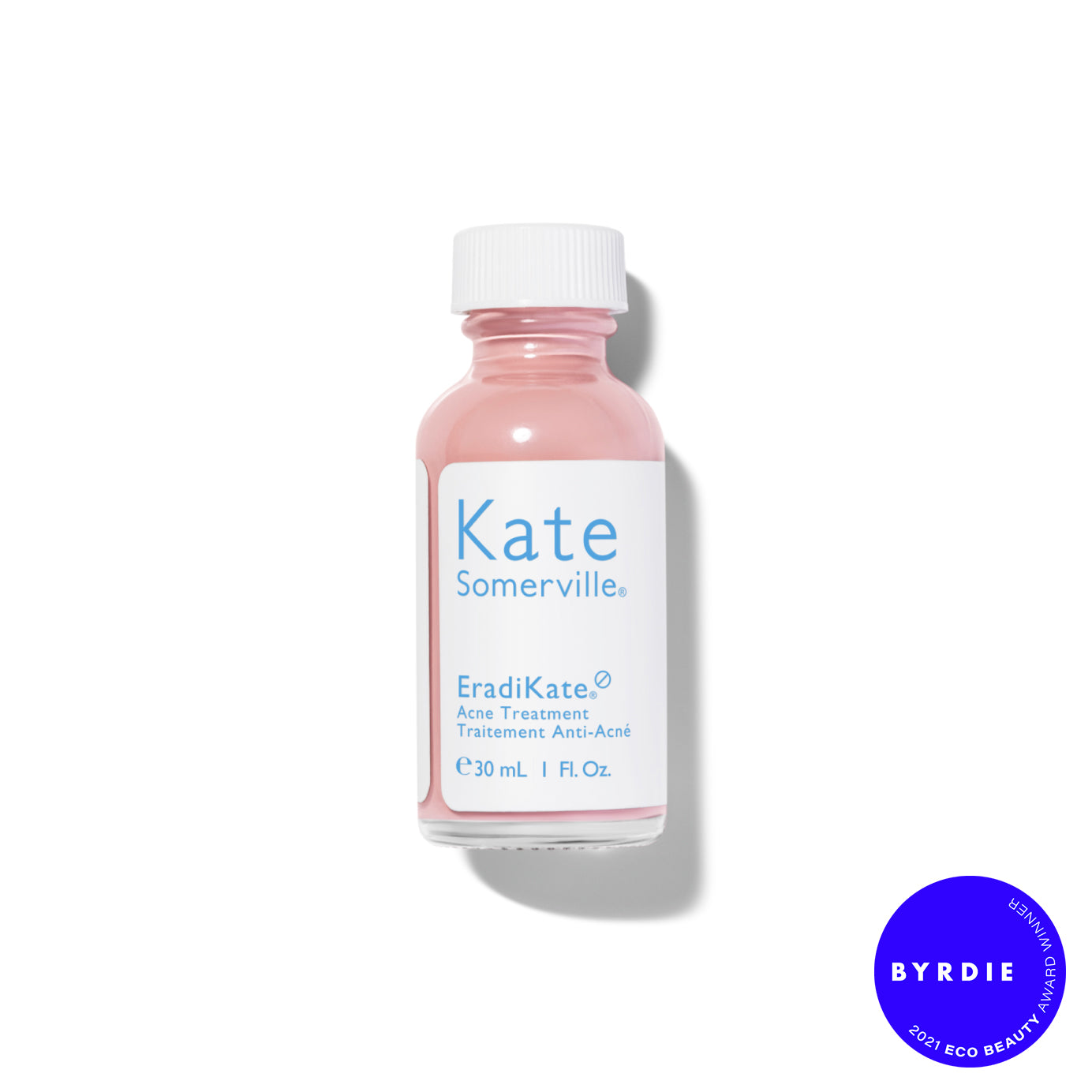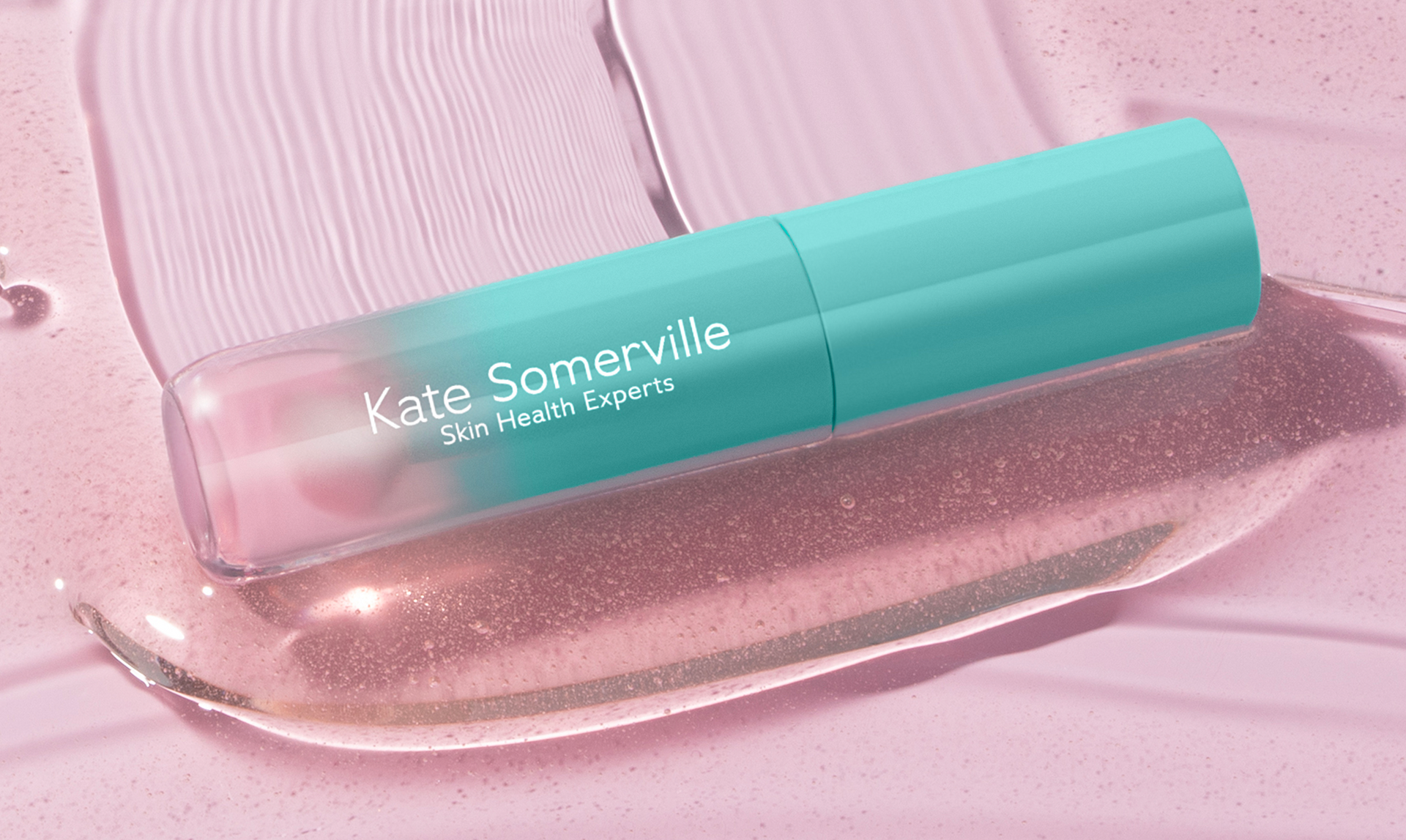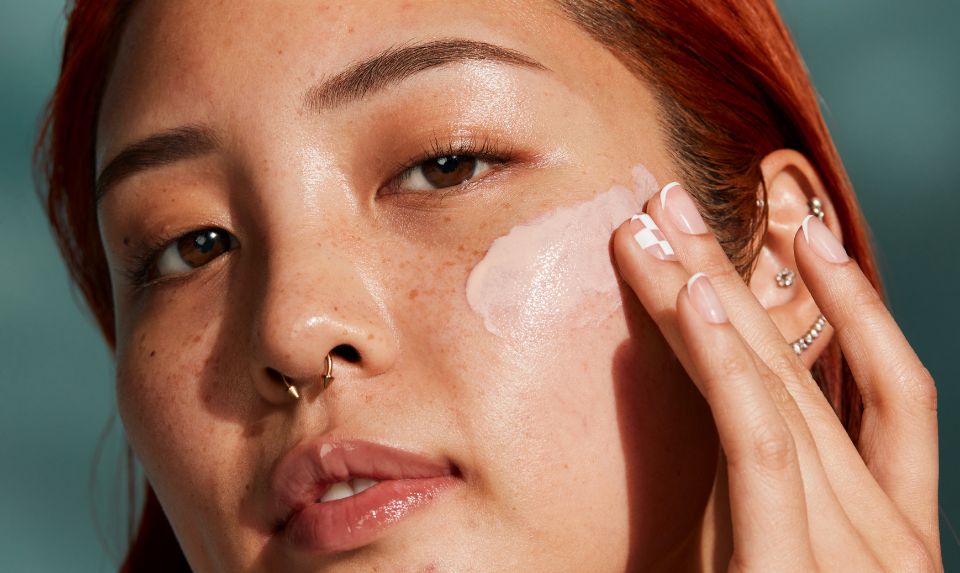If you’ve ever noticed changes in your skin as the seasons change, you’re not alone. Seasonal skin changes are not only normal, they’re expected. Not only is Skin is the body’s largest organ, so keeping your skin healthy is crucial for overall well-being. It’s the only organ outside the body and is exposed to all kinds of elements every day – from environmental toxins to weather, makeup, dirt, oil, and debris. The best way to care for skin during colder winter months is to give it a little extra attention, switching up your skincare routine as needed to ensure that your face remains healthy-looking and glowing all year long.
If you’re seeing small dark spots appearing on your chin, nose, or cheeks, this is a form of acne known as blackheads. With just a quick search, you can discover how to clear up the blackheads you're struggling with and prevent them from forming in the future. However, if you've tried just about everything and nothing has worked, there's a chance that what you're seeing is not blackheads, but instead sebaceous filaments. These filaments form within hair follicles, which house sebaceous glands and fine vellus hair, playing a role in oil production and skin hydration.
Blackheads and sebaceous filaments are easily confused, and for good reason. They look incredibly similar. And while they may look the same, the way you treat each is very different. Blackheads are a result of clogged pores, which can lead to acne if not properly managed. Proper skin care, including gentle cleansing, exfoliation, and using non-comedogenic products, is essential to prevent clogged pores and the formation of blackheads. Continue reading to discover the difference between sebaceous filaments and blackheads, how to identify them, and the most effective treatment plan for each.
Sebaceous filaments and blackheads are two common skin concerns that are often confused with each other. While they may appear similar, they have distinct differences in terms of their structure, causes, and treatments. In this article, we will delve into the world of sebaceous filaments and blackheads, exploring their definitions, differences, and causes. We will also discuss how to manage and treat these skin concerns, including the use of salicylic acid and other skincare products.
What are Sebaceous Filaments and Sebaceous Glands?
If you’ve never heard this skincare term, you’re not alone. Here’s what you need to know. If you’ve never heard this skincare term, you’re not alone. Here’s what you need to know. Sebaceous filaments are thin, thread-like structures that line the inside of pores and help to guide sebum from the sebaceous glands to the skin’s surface. Sebaceous filaments form within hair follicles, which house sebaceous glands and fine vellus hair. They help transport oil to the skin's surface, maintaining skin moisture and health. They are a normal part of the skin’s anatomy and play a crucial role in keeping the skin hydrated and healthy. Sebaceous filaments are more noticeable in areas with high sebaceous gland activity, such as the face, especially on the nose, forehead, chin, and cheeks.
It is important to avoid squeezing sebaceous filaments due to potential skin damage, such as scabs and infections. Instead, consider using gentler skincare options to manage them safely. These special filaments live inside each of your pores and work tirelessly to keep the sebum oil flowing along the lining of your skin [1].
What are Blackheads and Dead Skin Cells?
Blackheads are a type of acne that occurs when a plug of sebum and dead skin cells blocks a pore. They are open, dark-colored bumps on the surface of the skin and are often found on the face, particularly on the nose, forehead, and chin. Dead cells, along with sebum, contribute to clogged pores, leading to the visibility of blackheads. Blackheads are caused by a combination of factors, including overactive sebaceous glands, dead skin cells, and bacteria. They form when the opening of a hair follicle becomes clogged with dead skin or oil. The clogged material within the enlarged pore is oxidized by the air making it appear black in color [2].
Key Differences Between Blackheads and Sebaceous Filaments
|
Feature |
Blackheads |
Sebaceous Filaments |
|
Definition |
Clogged pores are filled with oil, dead skin, and debris that oxidize and turn black. |
Natural structures that line the pores and help channel sebum (skin oil) to the skin’s surface. |
|
Appearance |
Dark, black, or brown spots on the skin. |
Light gray, yellowish, or skin-colored dots. |
|
Size & Shape |
Larger, raised bumps. |
Smaller, uniform dots. |
|
Cause |
Pore blockage due to excess sebum, dead skin cells, and bacteria. |
Naturally occurring oil structures, not a form of acne. |
|
Common Areas |
Nose, chin, forehead, and back. |
Predominantly on the nose and cheeks. |
|
Texture |
Rough, slightly elevated. |
Smooth or slightly bumpy. |
|
Extraction |
Can be extracted but may lead to inflammation or scarring. |
Difficult to extract; they refill quickly with sebum. |
|
Treatment |
Exfoliation, salicylic acid, retinoids, and extraction. |
Gentle cleansing, chemical exfoliation, and oil control. |
|
Prevention |
Regular exfoliation and pore-clearing treatments. |
Oil control and pore-minimizing products. |
|
Key Difference |
Blackheads are a form of acne. |
Sebaceous filaments are part of the skin’s normal function. |
Sebaceous filaments and blackheads are two distinct skin conditions that are often confused with each other. While they may appear similar, they have different causes, structures, and treatments. The key differences between sebaceous filaments and blackheads lie in their composition, appearance, and impact on the skin.
Sebaceous filaments are thin, thread-like structures that line the sebaceous glands and help move sebum to the skin’s surface. They are a normal part of the skin’s anatomy and are not a sign of poor skin health. On the other hand, blackheads are a type of acne that occurs when a plug of sebum and dead skin cells blocks a pore, causing a dark, open bump on the skin’s surface. Understanding these differences is crucial for choosing the right treatment and maintaining healthy skin.
Causes of Blackheads and Clogged Pores
Blackheads are caused by a combination of factors, including:
Overactive sebaceous glands: When the sebaceous glands produce too much sebum, it can clog pores and lead to blackheads.
Dead skin cells: Dead skin cells can combine with sebum and bacteria to form a plug that blocks pores.
Bacteria: Bacteria can contribute to the formation of blackheads by breaking down sebum and dead skin cells.
Enlarged pores: Enlarged pores can make it easier for sebum and dead skin cells to clog pores and form blackheads.
Oily skin: Oily skin can increase the risk of blackheads by producing more sebum, which can clog pores.
By understanding the causes of blackheads, you can take steps to prevent them from forming and reduce their appearance. This includes using skincare products that contain salicylic acid, which can help to exfoliate the skin and unclog pores. Additionally, using products that contain beta hydroxy acid can help to reduce the appearance of sebaceous filaments and prevent blackheads from forming.
Treatment for Blackheads and Sebaceous Filaments
Treating blackheads requires a combination of good skincare habits and targeted treatments. Here are some effective ways to treat blackheads:
-
Use a gentle cleanser: Opt for skin exfoliators that contain salicylic acid or beta-hydroxy acid. These ingredients help exfoliate the skin and unclog pores by removing dead skin cells and excess oil.
-
Apply a spot treatment: Products containing sulfur (like our daily sulfur cleanser) or benzoyl peroxide can help dry out blackheads and reduce inflammation. For best results, apply these treatments directly to the affected areas.
-
Use a clay mask or peel-off mask: These masks can draw out impurities and help unclog pores, making them an excellent addition to your skincare routine.
-
Consider professional treatments: If over-the-counter products aren’t enough, professional treatments like extractions or microdermabrasion can effectively remove blackheads and improve skin texture.
By incorporating these steps into your skincare routine, you can effectively manage and reduce the appearance of blackheads. If you've determined that the blackhead-like spots on your skin are sebaceous filaments, we suggest using products that focus on your skin’s texture instead. Our clinic's super facial ExfoliKate® Intensive Exfoliating Treatment reveals smoother skin and smaller pores in just two minutes.
Sources:



















